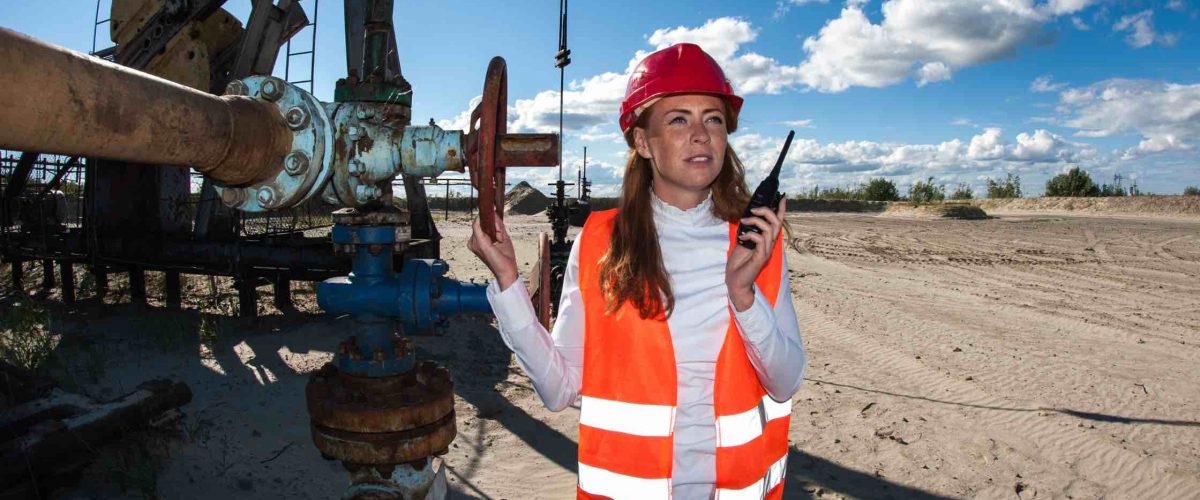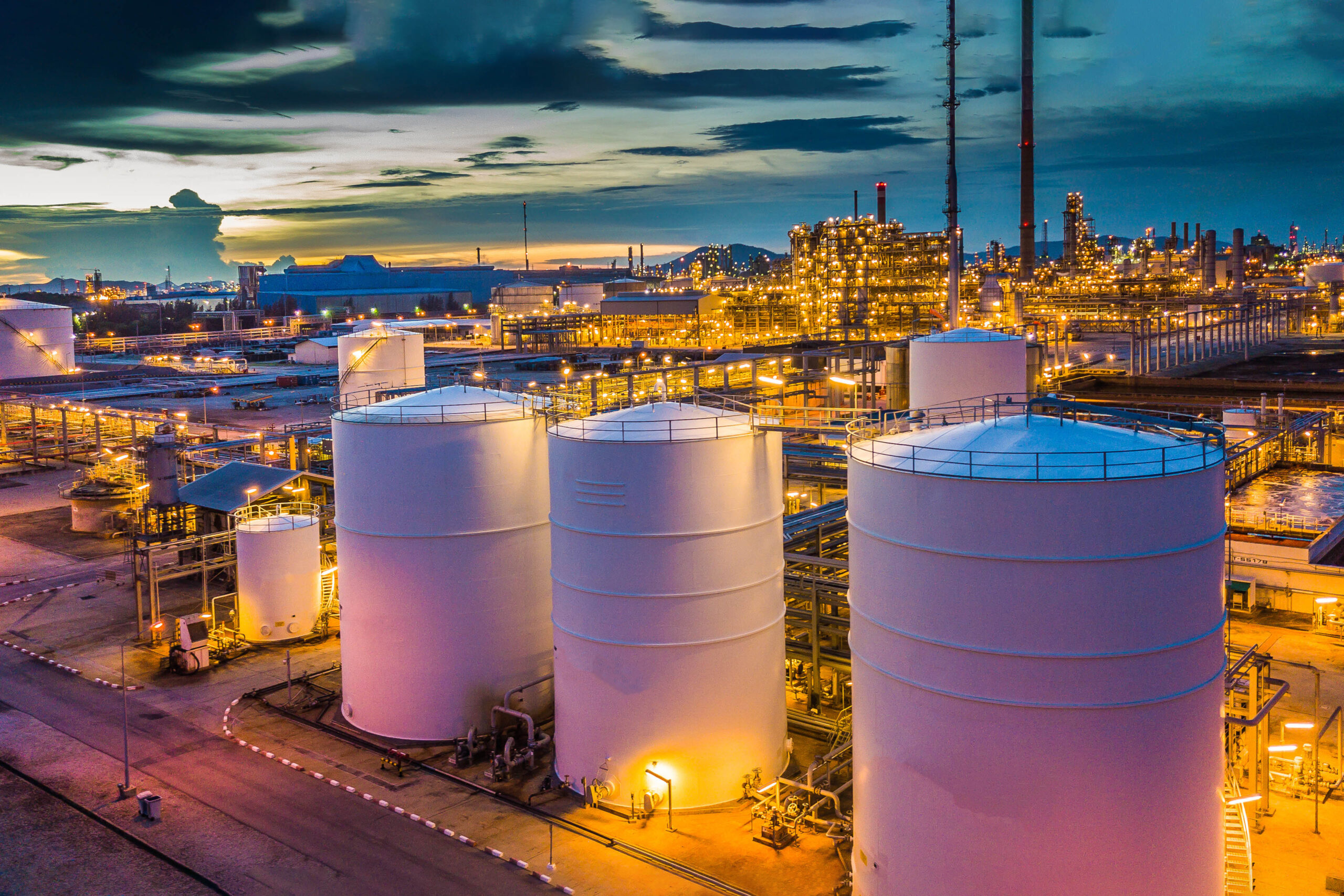The role of women in the oil and gas industry has been historically limited due to the sector’s male-dominated nature.
However, in recent years, there has been a growing recognition of the importance of gender diversity and inclusion in the industry.
Efforts are being made to promote the participation of women and create a more equitable and supportive work environment.
Here are some key points shedding light on the role of women in the oil and gas industry and the initiatives to promote gender diversity:
1. Underrepresentation: Women have been traditionally underrepresented in the oil and gas industry, especially in technical and leadership roles. This gender gap has been a longstanding challenge in the sector.
2. Efforts for Inclusion: Many oil and gas companies have recognized the benefits of gender diversity and have initiated efforts to promote inclusion. They aim to attract, retain, and advance talented women within their organizations.
3. Diverse Perspectives and Innovation: Gender diversity brings diverse perspectives, problem-solving approaches, and ideas to the industry. This can lead to increased innovation and improved decision-making processes.
4. Breaking Stereotypes: Efforts are being made to challenge gender stereotypes and biases that have historically hindered women’s progress in the industry. Encouraging young girls to pursue careers in STEM fields can also play a crucial role.
5. Equal Opportunities and Advancement: Companies are striving to provide equal opportunities for career advancement and leadership positions. Implementing fair hiring practices and performance evaluation systems are part of these efforts.
6. Supportive Work Environment: Creating a supportive and inclusive work environment is essential for women’s retention and success in the industry. This includes promoting work-life balance, offering mentorship programs, and addressing issues like harassment and discrimination.
7. Industry Networks and Associations: Women’s networks and industry associations focused on gender diversity play a vital role in supporting women professionals, providing networking opportunities, and advocating for gender equality.
8. Diversity and Inclusion Programs: Many companies have established diversity and inclusion programs with specific targets and metrics to track progress. These programs aim to increase female representation at all levels of the organization.
9. Leadership Commitment: A strong commitment from leadership is essential for driving meaningful change in promoting gender diversity. When leaders prioritize diversity and inclusion, it sets the tone for the entire organization.
10. Measuring Progress: Tracking and measuring diversity metrics regularly allow companies to assess their progress and identify areas that need further improvement.
11. Recognition of Female Talent: Acknowledging and celebrating the contributions of women in the industry can help build a more inclusive culture and inspire other women to pursue careers in oil and gas.
12. Promoting STEM Education: Encouraging girls and young women to pursue education and careers in science, technology, engineering, and mathematics can help build a stronger pipeline of female talent for the industry.
13. Mentorship and Sponsorship: Mentorship and sponsorship programs can provide valuable guidance and support for women in their career journeys, helping them overcome challenges and reach their full potential.
14. Public Awareness and Advocacy: Raising public awareness about the importance of gender diversity in the oil and gas industry can foster support and encourage more companies to take proactive steps.
By actively promoting gender diversity and inclusion, the oil and gas industry can leverage the full potential of its workforce, drive innovation, and create a more sustainable and equitable future for the sector.
Read more on Sparkview Energy:
Advancements in Oil and Gas Drilling Equipment: Efficiency and Safety Improvements
The Economics of Oil Refining: From Crude Oil to Refined Products
Environmental Impact of Oil and Gas Equipment: Mitigation and Sustainability Measures





